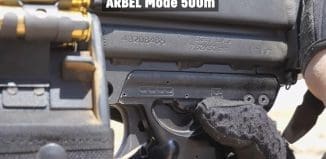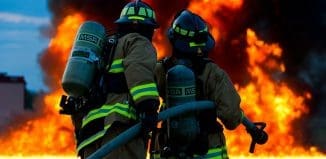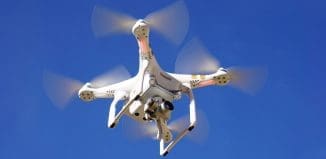An iHLS Startup: Augmented Reality Used for Medical Emergency
This post is also available in:  עברית (Hebrew)
עברית (Hebrew)
Most of us have heard stories, if we haven’t witnessed them firsthand, of close family relatives having some sort of seizure or being severely hurt and the family at the scene can’t do a thing apart from wait helplessly until first aid arrives. A new technology, called LiveAid, wants to change this painful equation.
LiveAid, which is taking part in the iHLS Security Accelerator , uses augmented reality technology enabling family relatives or helpers to connect to experienced paramedics and first aid providers using an augmented reality headset. The relatives or the first responder team can get an assessment by the professional and instructions on how to help. The connection is done immediately, an important factor when taking into account the subject on hand, in which every second counts.
Sarah Cohen, the product’s developer, explained: “The current solution is to educate and frighten the public. People get several hours of theoretical instruction on the subject without ever touching an actual injured person, and that’s supposed to provide some sort of knowledge. I think augmented reality is a great way to get this knowledge to the people and stop the denial and fear that many people are feeling today about the handling and management of medical emergencies”.
Cohen, an electrical engineer and entrepreneur, explained why she developed this innovative technology: “It was important for me to develop and find a solution that will really help people, and not another nice-to-have app”.
The product is demanded in many scenarios and places – it’ll be useful in kindergartens, dangerous workplaces, schools and more. The main idea is reaching people at crowded places that don’t necessarily have a doctor on hand.
In addition, there are also military applications. Cohen explained: “A military paramedic is often faced with far more difficult decisions than his civilian counterparts. It won’t be a bad idea that if he has to operate a field surgery, he’ll be able to get the help and advice of a doctor”.
The company plans to continue developing the product and, in 4 months time, reach a complete product while continuing raising funds and enter a pilot phase in a year. While these are the close-period targets, there are further ones as well: “We want to create an application in the future, and have the service be available in other methods, this way more people will be able to get assistance”. In addition, another development idea is making the product function with no communication signal. “In the future, I want to make the product autonomous as well, this way the product makes the diagnosis by itself and will know what to advise the person to do”, Cohen explained. It’s hard not to be curious and think of a future in which saving the life of a family relative or a wounded in the field during the critical minutes until the arrival of the paramedic team would be accessible to all.






























